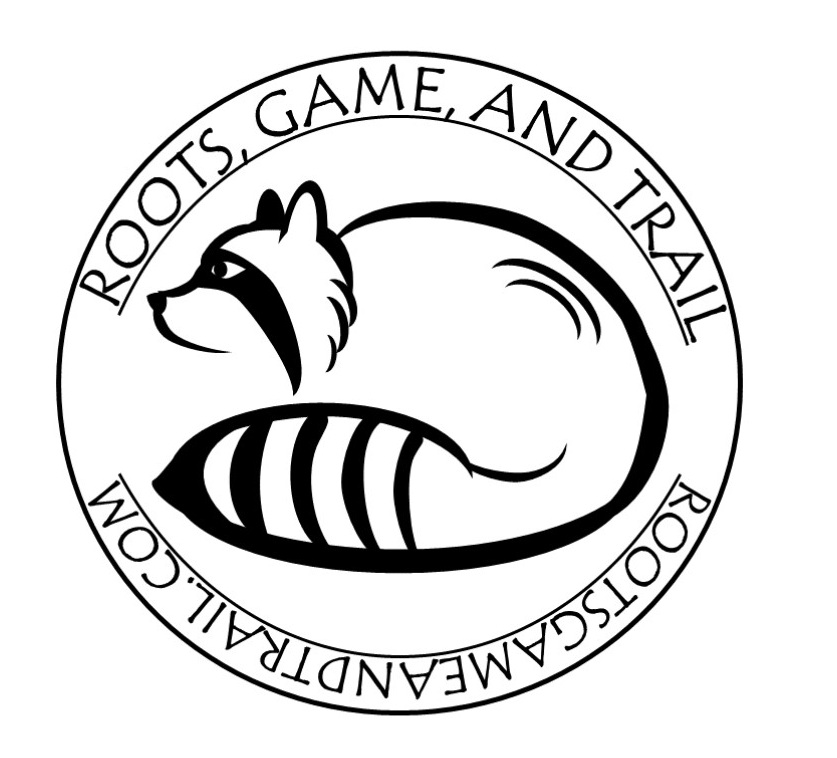Cleaning and Preserving a Skull
A cleaned beaver skull on display. A piece like this will always remind you of memorable days in the field.
Game animals not only provide pelts and meat, but they can also provide great home decoration. Recently I decided to clean and preserve a beaver skull from a 51 pounder that was caught this year. Cleaning skulls for presentation is really pretty easy. You just need to set aside some time to do it. The next time you have a memorable catch or hunt, consider preserving the animal’s skull for a great looking decorative piece.
There are several different ways to clean and preserve a skull. The way that is outlined below is what I have found to be the quickest way, and you still end up with a good looking skull. This is done by boiling and then using hydrogen peroxide as the bleaching agent. Using bleach on a skull will eventually deteriorate the skull. Bleach is NOT recommended.
Items that you’ll need:
- Knife – used for skinning or removing large chunks of flesh or muscle
- Large pot – needs to be large enough to submerge the skull
- Small brush – a toothbrush or a soft copper wire brush works well
- Coat hanger – used to remove the brain
- Hydrogen peroxide – the bleaching agent. This can be purchased at any convenience store. I suggest the lower percentages, 1 to 5 percent. 3% works well.
- Ammonia – used to de-grease the skull before the hydrogen peroxide soak.
A beaver skull with only the hide removed.
The obvious first step is to use your knife and remove the hide from the skull. Once that is complete, use your knife and remove any large pieces of flesh or muscle. It isn't necessary to try and remove every little bit of muscle. The boiling process will take care of the rest.
Next you'll need to take the coat hanger and bend the hook portion straight. Use this implement to help remove the brain. Insert the coat hanger into the brain cavity from the back of the skull. Place the skull under running water and stir carefully. Fill the brain cavity with water while you stir. Turn the skull upside down and shake out the contents. Repeat this several times to remove the brain.
Use a straightened coat hanger and stir the brains. Flush the back of the skull with running water and shake.
Once the brain is removed, place the skull in the pot. Submerge the skull completely in water. Bring the pot to boil. Depending on the size and how much muscle is on the skull, boiling could take a couple of hours. Due to the large jaw muscles that a beaver has, I had to boil my beaver skull for about 2 to 3 hours. If you do this inside, make sure that you have a nice strong fan that will suck out the fumes. This is especially important if you have a significant-other that bunks with you. If you don't have a good fan, I'd recommend doing this outside.
Once you can easily pull the muscle away from the bone, remove the whole skull from the pot.
Check the skull periodically. You want to be able to remove the muscle from the skull relatively easy. I take a fork and pry at the muscle. Once it peels from the bone with littler effort, your skull is ready to be removed.
Let the skull cool. Once you are able to handle the skull without burning yourself, start pulling the muscle off the bone. It usually helps if the lower jaw is removed first. At this point use your soft wire brush, or similar tool, and lightly scrub at the muscle in the hard-to-reach portions of the skull.
Once the skull has all of the muscle, ligaments, and sinew removed, the next step is to degrease the skull. This is an optional step, but if you are trying to preserve a naturally fatty animal, I think it is worth it. The leeching of fat out of the skull over time can turn the skull a yellowish color. The degreasing process also helps kill germs and bacteria that may cause your skull to stink.
For de-greasing, place your skull in a pot and add 1 part ammonia to 2 parts water. Let the skull soak in the solution for 24 hours.
Soak the skull in 1 part ammonia to 2 parts water for 24 hours.
What the skull looked like after the ammonia bath.
The next step is to submerge the skull in the hydrogen peroxide. If you have a higher concentration of hydrogen peroxide, you may only want to submerge the skull for a couple of minutes. If you have a lower concentration like 1% to 5%, submerge the skull for several hours to overnight; depending on how white you want the skull. I soaked the beaver skull overnight. I like my skulls to be white.
Submerge the skull in hydrogen peroxide.
Once the skull is removed from the hydrogen peroxide solution, allow the skull to dry for several hours. Once the skull is dried, you will have a beautiful trophy to display in your house.
The finished skull after it is allowed to dry.
